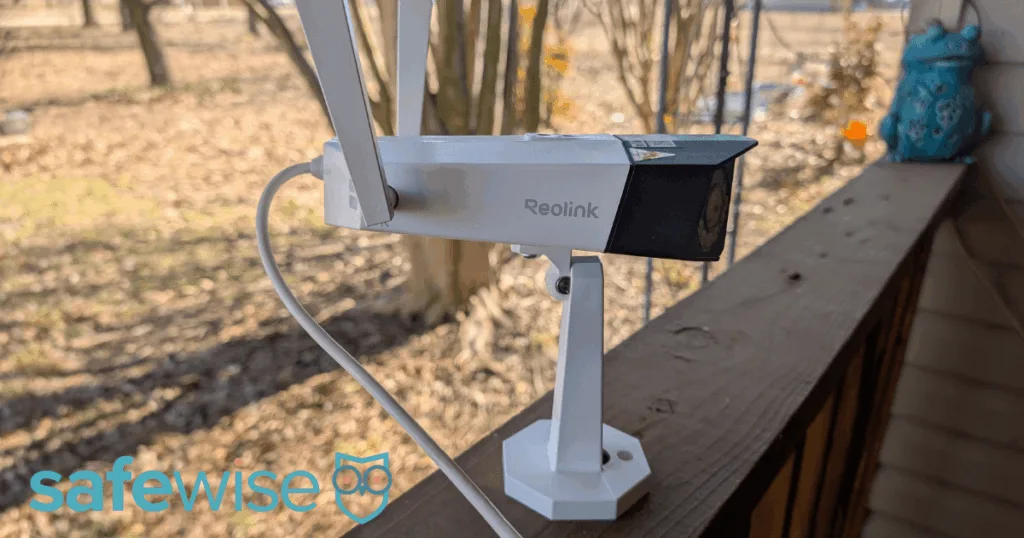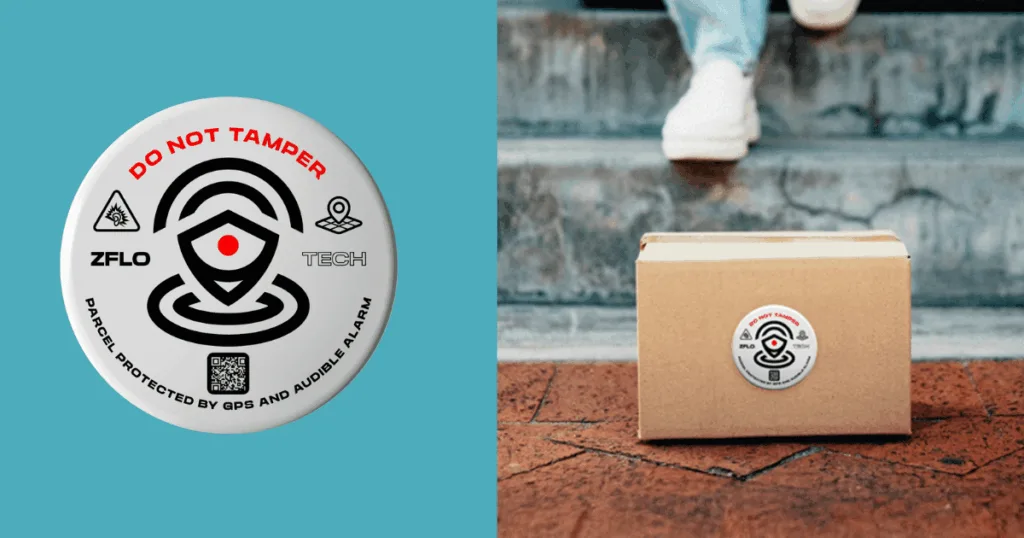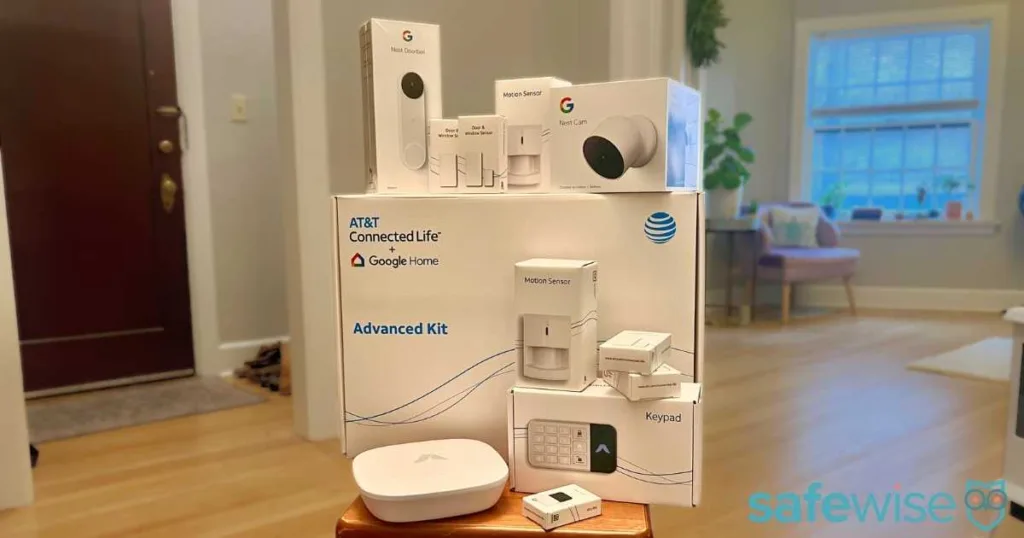What's an automation standard?
Think of these different standards or protocols as languages: you want devices that either speak the same language or talk with a smart home automation hub that can translate and mediate between them.
Wi-Fi is the go-to protocol for popular smart home hubs like Amazon Alexa and Google Home. You just need an internet router to get started.
On the downside, Wi-Fi networks have limited bandwidth, meaning you can't add hundreds of smart home automation devices to the network and expect them to all work lightning-fast. You may need to upgrade your internet package for best results—and that costs extra.
Plus, Wi-Fi can be vulnerable to hacking if you don't take some basic security measures. Learn more about protecting your smart home from hackers.
Many smart home products use the Z-Wave protocol, which usually transmits on the 908.42 MHz frequency. The protocol employs a mesh network—a chain that turns individual smart devices into nodes. These nodes pass data packets from device to device until the packets reach their final destination.
Z-Wave devices are known for interoperability, although it occurs solely within the Z-Wave home automation network. You'll need a Z-Wave hub like the Aeotec Smart Home Hub to connect Z-Wave devices with Amazon Alexa, Google Home, and any other device using a non-Z-Wave protocol.
Like Z-Wave, Zigbee relies on a mesh network. However, it generally runs on the 2.4 GHz frequency. Many smart home devices use the frequency because of its long range. Some developers enjoy working with the Zigbee protocol because of its security and low power usage. Consumers, in turn, benefit from that built-in security in their Zigbee devices.
More common than Z-Wave overall, but not in security
There are over 4,000 certified Zigbee products on the market1—nearly double the number of certified Z-Wave products2—but this protocol is relatively rare among home security systems.
Abode and Scout Alarm are your best bet if you're a hardcore Zigbee fan.
Bluetooth Low Energy (BLE)
Bluetooth Low Energy is another well-known protocol. In the past, the technology relied on short-range radio frequencies to communicate between two devices that were near each other. Now, though, the technology is capable of mesh networking, helping some of the protocol’s old range issues. Its other primary benefit is security—it relies on government-grade encryption.
We usually see Bluetooth in item trackers or smart locks. It's also used a lot for smart entertainment like smart speakers or smart TVs.
Thread is relatively new but poised to become a household name thanks to its role in Matter smart home tech.
This protocol has received attention from the likes of Google and Samsung, and it aims to create a secure home network that can handle over 250 smart home devices.3
Invented in the 1970s, X10 was the very first home automation platform. This wired protocol can still be found in some electrical switches, but it's mostly fallen out of favor. Wireless home automation protocols are faster and more convenient.
Insteon tries to bridge the gap between wireless and wired protocols. Like Zigbee and Z-Wave, the Insteon protocol creates a mesh network. The difference is that Insteon uses two bands to increase reliability and performance—and that’s in addition to its wired network, too.
However, Insteon works in fewer smart home verticals than some of the other protocols. The protocol tends to emphasize lighting, security, and climate control.
Universal Powerline Bus (UPB)
Universal Powerline Bus is relatively uncommon, too, though it’s more current and more reliable than X10. This system effectively turns your home wiring into a network for transmitting signals. While UPB devices operate better than the X10 ones, other protocols and products far surpass UPB in terms of speed, security, and interoperability.





